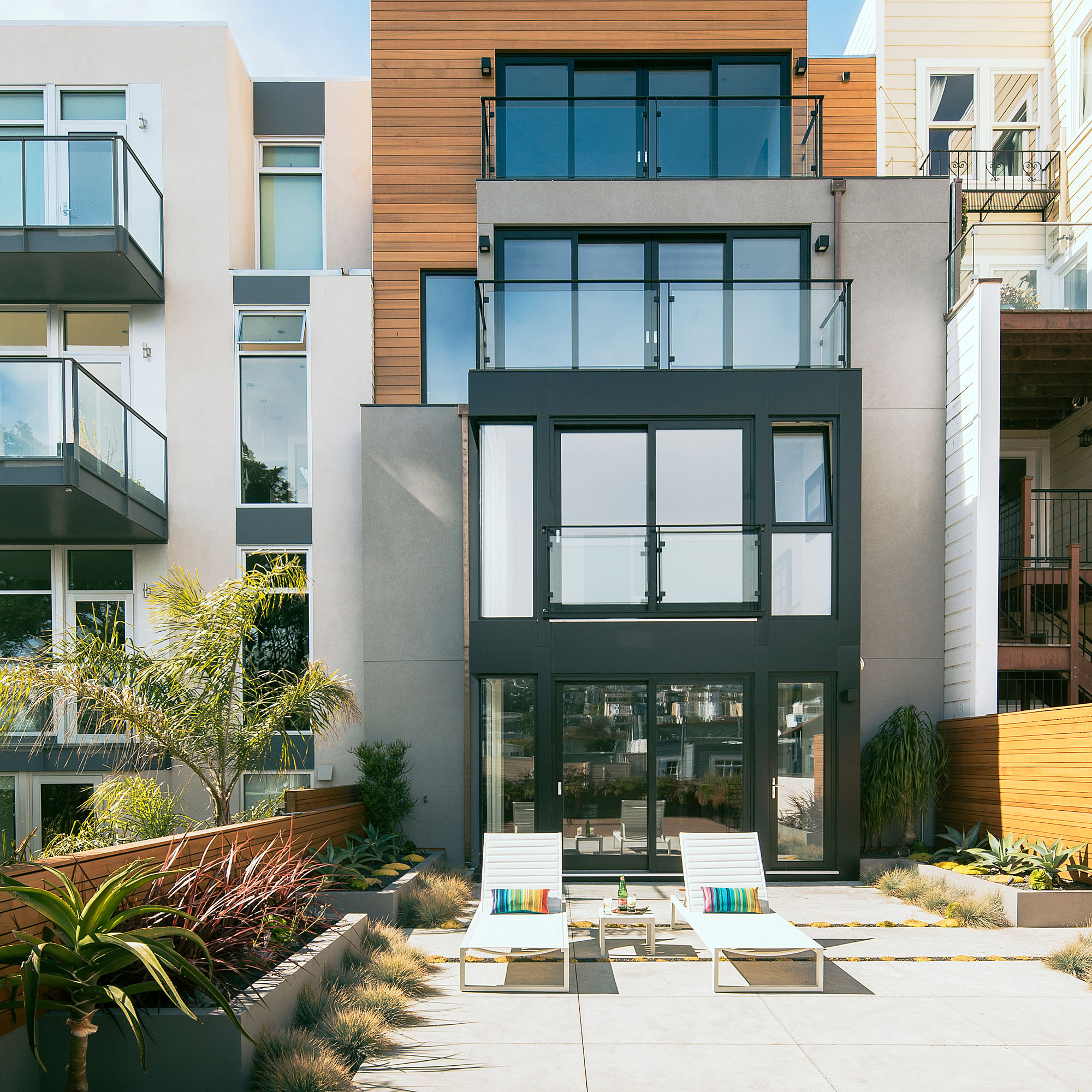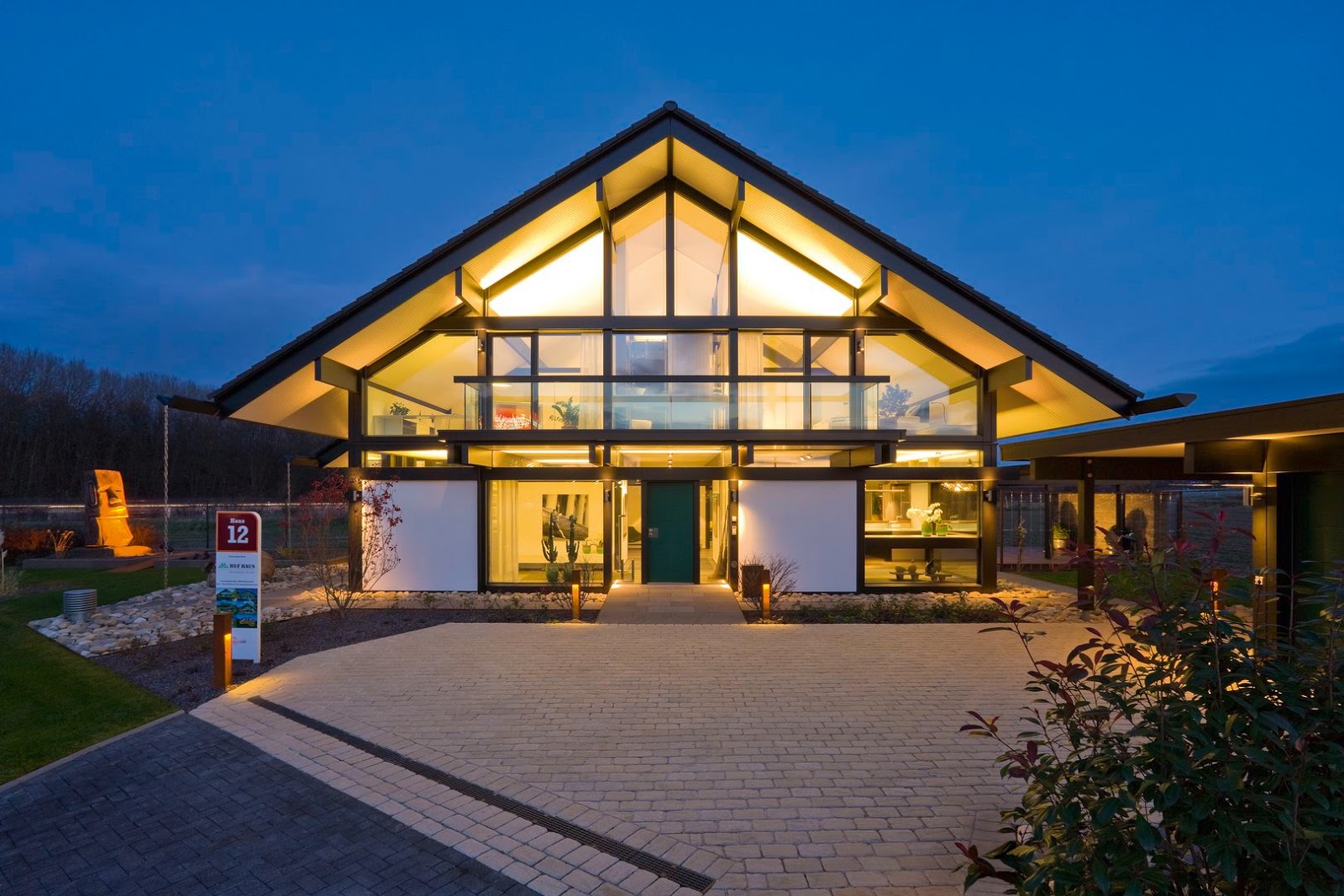Creating Energy-Efficient Home Exteriors: A Comprehensive Guide
Exploring the realm of Energy-efficient home exteriors, this guide delves into the key aspects of designing, materials, and technology to create a sustainable and eco-friendly living space. Get ready to discover the secrets to lower utility bills and a reduced environmental footprint.
Importance of Energy-Efficient Home Exteriors
Energy-efficient home exteriors play a crucial role in reducing energy consumption, lowering utility bills, and minimizing environmental impact. By incorporating the right materials and design elements, homeowners can create a more sustainable and cost-effective living space.
Benefits of Energy-Efficient Exteriors
- Improved Insulation: High-quality insulation materials like spray foam, cellulose, or fiberglass can help maintain a consistent indoor temperature, reducing the need for heating and cooling.
- Energy-Efficient Windows: Installing double or triple-pane windows with low emissivity coatings can prevent heat loss in the winter and keep the interior cool in the summer.
- Solar Panels: Utilizing solar panels on the roof or exterior walls can generate renewable energy and significantly reduce electricity costs.
Reduced Utility Bills and Environmental Impact
Energy-efficient home exteriors can lead to substantial savings on utility bills by decreasing the amount of energy required to heat, cool, and illuminate the living space. Additionally, by consuming less energy, homeowners can lower their carbon footprint and contribute to a greener environment.
Designing Energy-Efficient Exteriors
When it comes to designing energy-efficient exteriors for homes, there are several key factors to consider that can help reduce energy consumption and make the home more sustainable in the long run.Insulation plays a vital role in maintaining a consistent indoor temperature and reducing the need for heating and cooling.
Properly insulated walls, floors, and attics can significantly improve energy efficiency.Windows are another important element to focus on. Energy-efficient windows with proper sealing and double or triple glazing can prevent heat loss in the winter and keep the home cool in the summer, reducing the reliance on heating and air conditioning systems.Siding and roofing materials also impact the energy efficiency of a home.
Choosing materials with high insulating properties, such as insulated vinyl siding or metal roofing, can help regulate indoor temperatures and reduce energy costs.
Landscaping Strategies for Energy Efficiency
When planning the landscaping around a home, there are strategies that can enhance its energy efficiency. Planting trees strategically can provide shade in the summer, reducing the need for air conditioning, while allowing sunlight to enter the home in the winter and warm up the space naturally.
Additionally, creating windbreaks with shrubs or fences can help shield the home from cold winds, reducing heat loss in the winter.
Sustainable Materials for Energy-Efficient Exteriors

When it comes to energy-efficient home exteriors, choosing sustainable materials is crucial not only for reducing environmental impact but also for long-term cost savings. Sustainable materials are those that are responsibly sourced, have a low carbon footprint, and promote energy efficiency in the home.
Recycled Wood
Using recycled wood for siding or decking is a popular choice for energy-efficient exteriors. Not only does it help reduce waste and preserve forests, but it also provides excellent insulation properties. Recycled wood can be treated to resist rot, pests, and mold, making it a durable option for exterior applications.
Metal Roofing
Metal roofing is another sustainable material that offers high energy efficiency. Metal roofs reflect sunlight, reducing heat absorption and keeping the home cooler in hot weather
Insulated Concrete Forms (ICF)
ICF is a sustainable building material that consists of hollow blocks or panels filled with concrete. These forms provide excellent insulation, reducing heating and cooling costs significantly. ICF is also known for its durability, strength, and resistance to natural disasters like hurricanes and tornadoes.
Comparison of Energy Efficiency
- Recycled wood: Provides good insulation properties and reduces energy consumption for heating and cooling.
- Metal roofing: Reflects sunlight, lowers cooling costs, and requires minimal maintenance over its long lifespan.
- ICF: Offers superior insulation, reducing energy bills, and providing a strong, durable exterior for the home.
Durability and Maintenance
Using sustainable materials for energy-efficient exteriors not only benefits the environment but also ensures long-term durability and low maintenance. Recycled wood, metal roofing, and ICF are all known for their longevity and resistance to wear and tear, making them cost-effective choices for homeowners in the long run.
Technology and Innovations for Energy-Efficient Exteriors

Integrating smart technologies into home exteriors is crucial for achieving energy efficiency and sustainability. Innovations such as solar panels, cool roofs, and energy-efficient windows play a significant role in reducing energy consumption and environmental impact.
Solar Panels
Solar panels are a popular technology for energy-efficient homes, converting sunlight into electricity. By harnessing solar power, homeowners can reduce their reliance on traditional energy sources, leading to lower utility bills and decreased carbon emissions. Solar panels can be installed on roofs or as standalone structures in the yard, maximizing energy generation.
Cool Roofs
Cool roofs are designed to reflect more sunlight and absorb less heat than traditional roofs, reducing the need for air conditioning during hot weather. By minimizing heat absorption, cool roofs can lower indoor temperatures, decrease cooling costs, and improve overall energy efficiency.
These roofs are typically made of reflective materials like white coatings or tiles.
Energy-Efficient Windows
Energy-efficient windows are designed to prevent heat transfer, keeping homes warm in winter and cool in summer. These windows feature multiple panes, low-emissivity coatings, and insulated frames to enhance thermal performance. By reducing air leakage and heat gain/loss, energy-efficient windows help homeowners save on heating and cooling expenses while maintaining a comfortable indoor environment.
Ending Remarks

In conclusion, Energy-efficient home exteriors offer a path to a greener future while saving you money in the process. By incorporating the right materials, designs, and technologies, you can transform your home into an energy-efficient oasis. Start your journey towards a more sustainable lifestyle today.